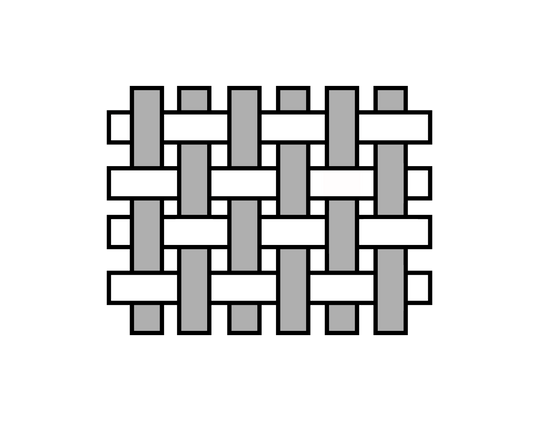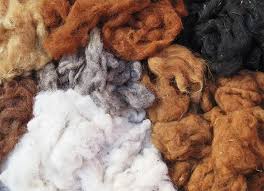Kapok is a natural cellulosic plant fiber obtained from the fruit of the kapok tree or the tree itself. Soft, silky, and oily, kapok has unique properties that make it ideal for a variety of applications.
Description

Kapok is distinguished by its soft, silky, and oily texture. In addition to being pleasant to the touch, it contains natural bitter components that give it antimicrobial properties. Additionally, its ability to insulate against the sun makes it a preferred choice for certain products.
History

Native to South America and Africa, kapok became an important crop in Asia in the late 19th century. Its use spread rapidly with the rise of global wealth in the late Victorian era, particularly for "overstuffed" sofas.
Properties
- Texture: Soft, silky and oily
- Antimicrobial: Thanks to its natural bitter components
- Insulation: Able to insulate the sun
- Ecology: Biodegradable and renewable
Why choose kapok?

Choosing kapok means choosing a versatile natural plant fiber. Thanks to its soft and silky texture, kapok is used in many products, including pillows and mattresses, providing exceptional comfort. Its antimicrobial properties also make it an ideal choice for applications where hygiene is paramount. Additionally, its ability to block out the sun makes it an ideal material for products intended for outdoor use. As a plant fiber, kapok is biodegradable and renewable, making it an eco-friendly option for sustainable products.







